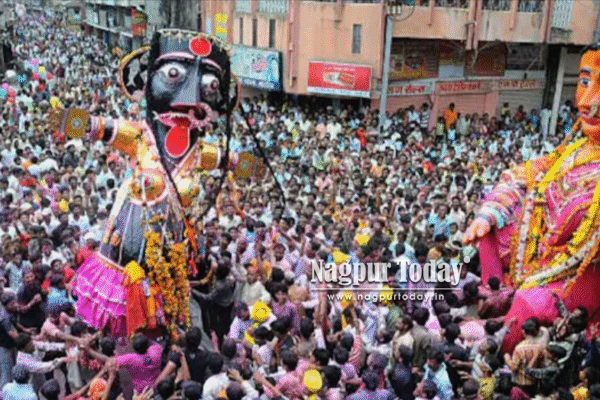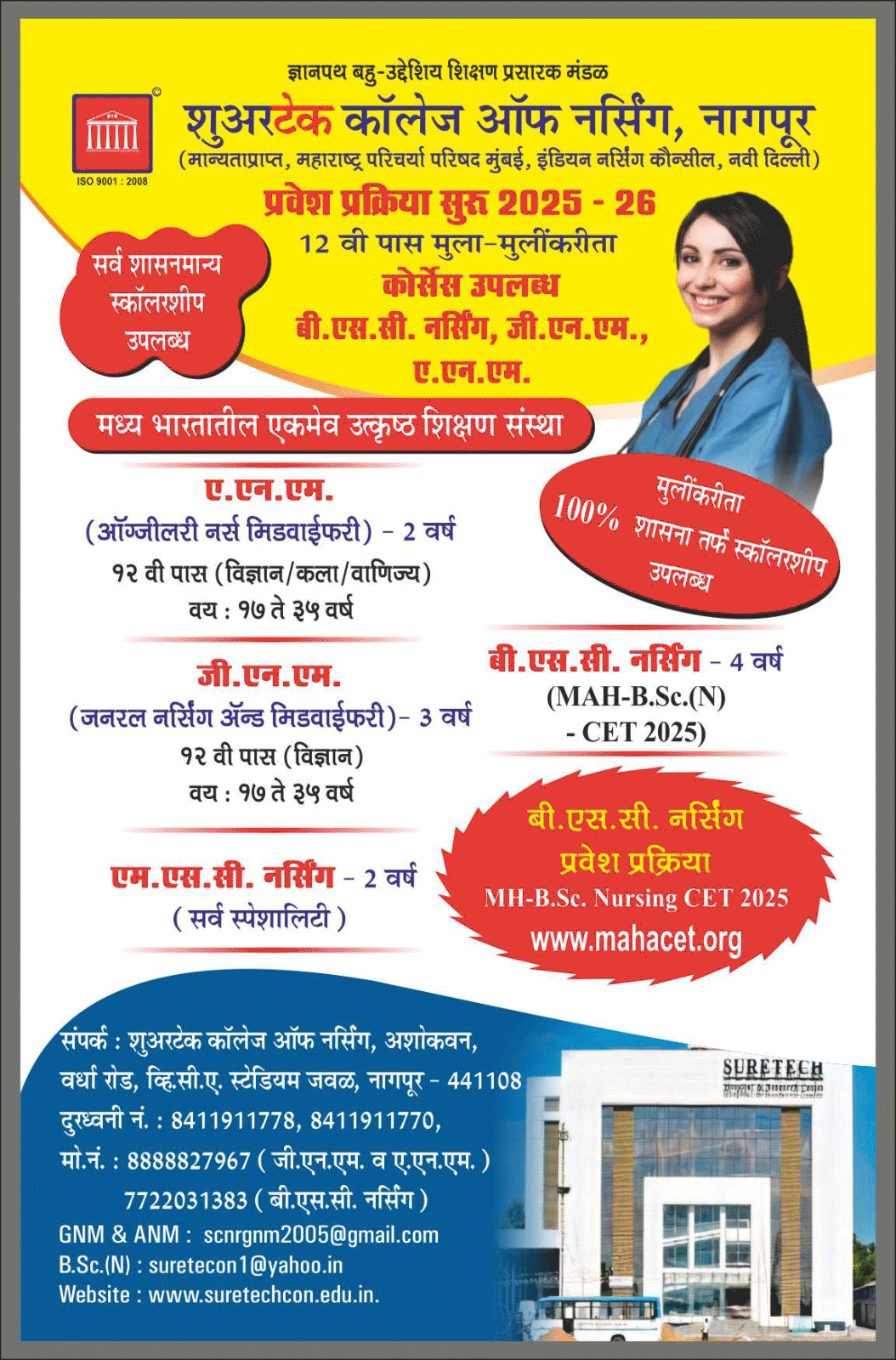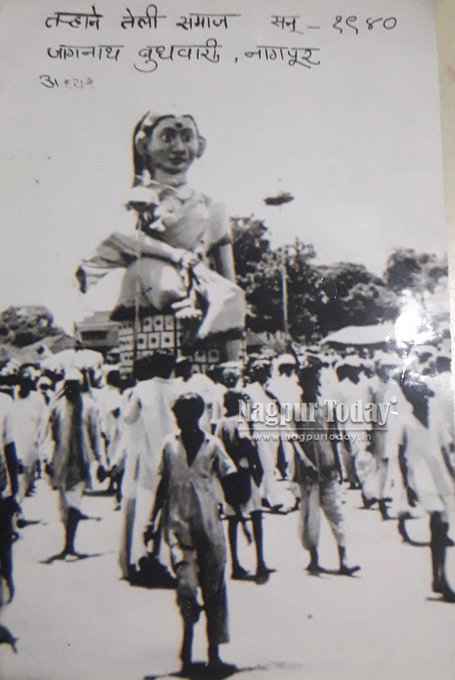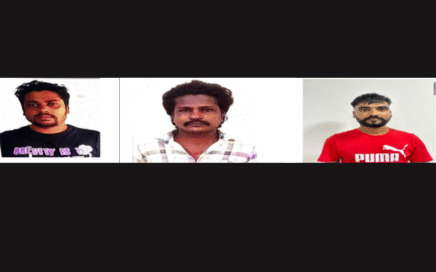 Nagpur: Every year, Nagpur comes alive with the centuries-old Marbat Festival, a unique celebration of culture, community, and social commentary. Central to the festival are the towering effigies known as Kali Marbat (black) and Pili Marbat (yellow), which are set on fire on Tanha Pola, the day after the Pola festival. But why are these effigies burned, and who makes them?
Nagpur: Every year, Nagpur comes alive with the centuries-old Marbat Festival, a unique celebration of culture, community, and social commentary. Central to the festival are the towering effigies known as Kali Marbat (black) and Pili Marbat (yellow), which are set on fire on Tanha Pola, the day after the Pola festival. But why are these effigies burned, and who makes them?
The Story Behind Kali & Pili Marbat
- Kali Marbat: Believed to signify Bhonsla queen Baka Bai, who surrendered to British power, Kali Marbat allowed the local community to symbolically express anger at her act. It is traditionally crafted by shopkeepers near Nehru Putla Square.
- Pili Marbat: Representing British rule, as well as epidemics and disease, Pili Marbat is made by the Tarhane Teli community. It has historically symbolized protest against social and administrative injustices.
- Badgyas/Mascots: In addition to Kali and Pili Marbat, effigies called Badgyas are created each year to depict current social ills such as corruption, rising prices, and alcoholism, keeping the festival relevant to contemporary concerns.
How the Marbats Are Made
- Preparation begins in May, using bamboo and paper.
- The effigies are carefully constructed over months to ensure they are large and detailed enough for the processions and the eventual burning.
- The burning itself marks the culmination of months of effort, symbolically purging evils from the community.
 Festival Celebrations
Festival Celebrations
Processions & Performances
On Tanha Pola, Kali and Pili Marbat, along with Badgyas, are paraded through East Nagpur neighborhoods including Sitabuldi, Itwari, and Budhwari. Visitors can enjoy songs, dance, and informal street festivities, making it both a cultural and social event. Devotees chant:
“Eeda, peeda gheun jaa ge Marbat”
(Take away all social evils and human miseries)
Burning of Effigies
The festival culminates in the ritual burning of the effigies at locations like Naik Talao and Harihar Mandir, symbolically eradicating negativity and ushering in prosperity.
Social Significance
The Marbat Festival is not just a celebration—it’s a reflection of societal concerns. Each year, the effigies highlight issues such as:
- Corruption and governance
- Economic hardships and inflation
- Substance abuse and public health
- Contemporary social injustices
This blend of tradition and civic reflection makes the festival a platform for social commentary through art and performance.
Event Details (2025)
- Date: August 23, 2025 (Tanha Pola)
- Locations: Sitabuldi, Itwari, Budhwari, East Nagpur
- Activities: Effigy processions, chanting, cultural performances, and ceremonial burning of Marbats
Questions People Ask Us
Q1: Why are Kali and Pili Marbat burned?
They symbolize the community’s desire to purge social evils, historical betrayals, epidemics, and injustices.
Q2: Who makes the Marbats?
- Kali Marbat: Shopkeepers near Nehru Putla Square
- Pili Marbat: Tarhane Teli community
Q3: What are Badgyas?
Effigies representing contemporary social ills, such as corruption, alcoholism, and rising prices.
Q4: How long is the preparation period?
Crafting begins in May, using bamboo and paper, for the August festival.
Q5: How can visitors enjoy the festival?
Attend processions, watch performances, enjoy songs and dance, and witness the ritual burning of effigies.
Q6: What is the festival’s social importance?
It educates and engages citizens, serving as a platform for protest and reflection through cultural celebration.
Nagpur’s Marbat Festival is a vibrant, living tradition. From its origins as a protest against colonial rule to today’s lively street processions with Kali, Pili Marbat, and Badgyas, the festival combines heritage, entertainment, and civic awareness, offering locals and visitors a unique window into the city’s history and values.



 Festival Celebrations
Festival Celebrations











